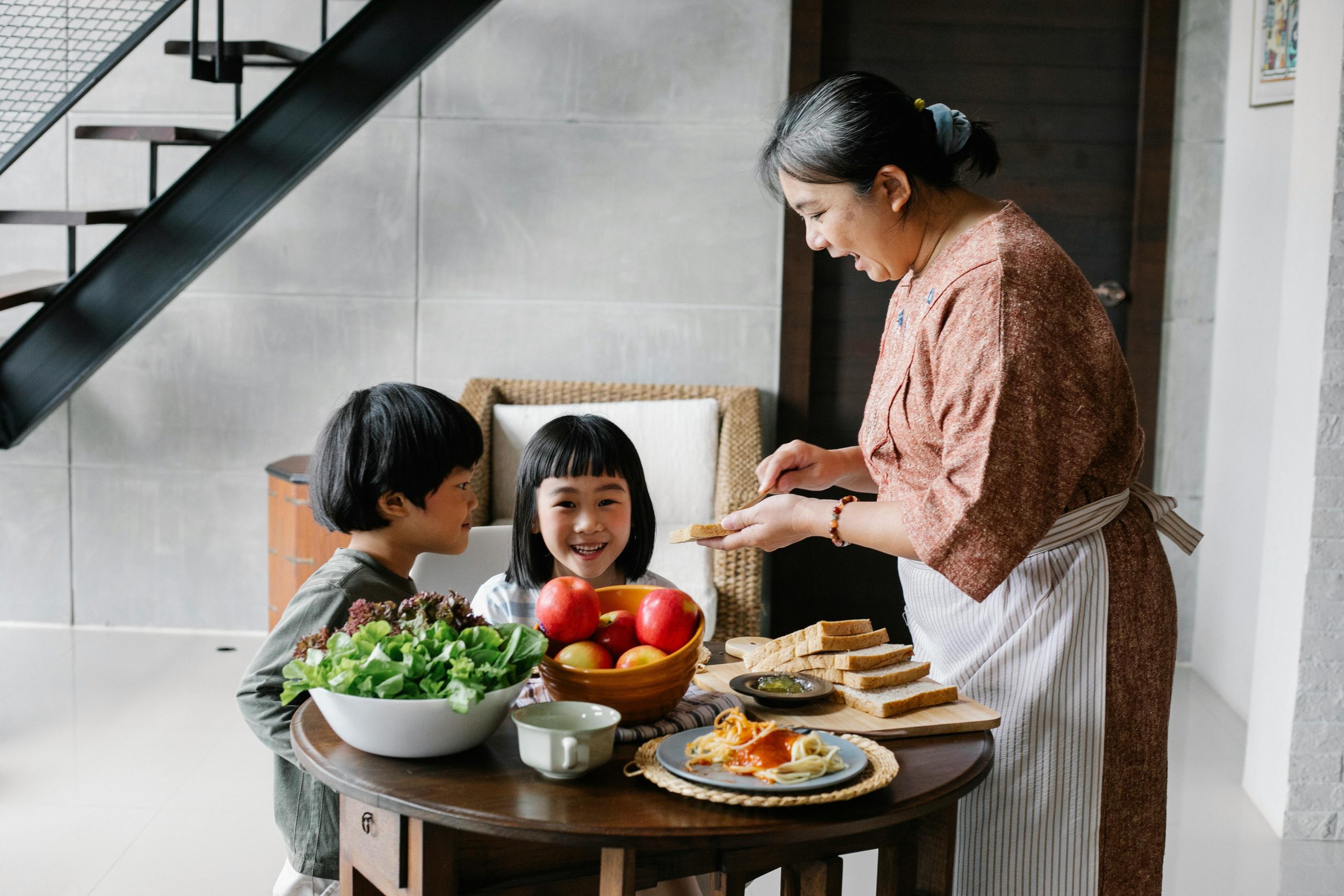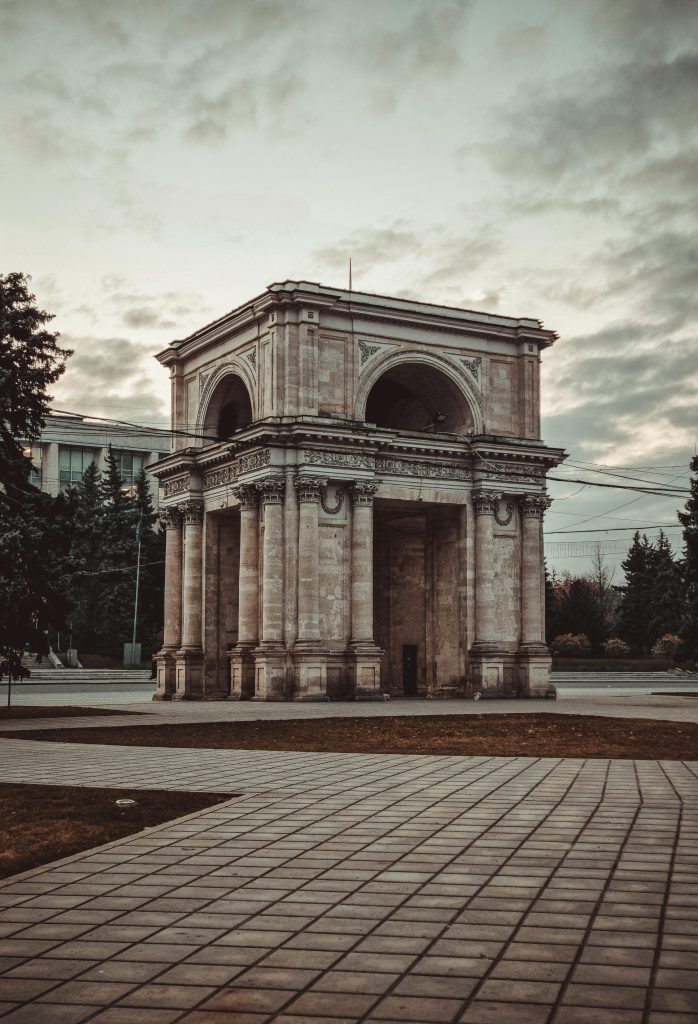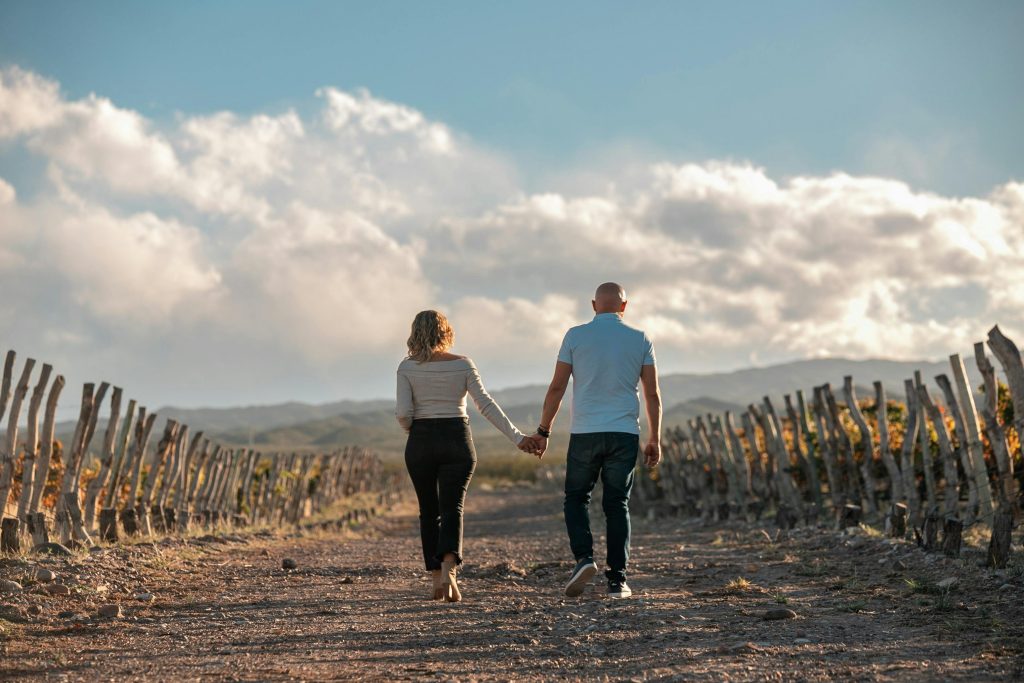Wine and Culture: How Food and Wine Unite in Spain

Imagine strolling down a sunny street in Seville, your nose catching the scent of sizzling garlic shrimp from a nearby tapas bar. Locals linger outside, drinking glasses of garnet-colored wine, laughing, and sharing small plates. It’s a scene straight out of your travel daydreams. In Spain, food and wine aren’t just sustenance—they’re a way of life. They unite people, create conversations, and bring joy to the simplest moments.
So, let’s explore how Spanish cuisine and wine come together to form one of Europe’s most delightful cultural experiences. From tapas hopping in Barcelona to savoring hearty stews in the Castilla region, you’ll find that each bite pairs perfectly with a local pour. Along the way, you’ll discover why Spanish wines, like Crianza, carry unique traditions that shape every sip. We’ll even chat about the best places to visit if you want to immerse yourself in this delicious world. Are you ready to explore? Let’s go.
Spain’s Rich Wine and Culinary Heritage
Spain boasts a long history of winemaking that stretches back to ancient civilizations. Over the centuries, local communities honed their craft to produce wines that reflect the character of each region, from the chalky hills of Jerez to the fertile plains of La Mancha. Vineyards sit side by side with olive groves and farmland, creating a patchwork of gastronomic abundance.
People in Spain take their meals seriously. Long lunches, known as la comida, can stretch for hours. It’s a time to gather family and friends around a table filled with various dishes. You’ll see plenty of bread, olive oil, and bright salads. Of course, there’s always a bottle—or two—of wine within reach.
Here, you won’t just taste the difference. You’ll feel it. Food and wine are intertwined in daily life. Even children grow up learning about local grape varieties and cooking techniques from grandparents. There’s a strong sense of pride in regional recipes, and each area claims its specialty—from paella in Valencia to pinchos in the Basque Country. Wherever you go, wine complements these dishes and enhances their flavors.
The Special Bond Between Food and Wine
Why does Spain focus so much on pairing food with wine? Because the two bring out the best in each other. Tangy tomato-based sauces feel smoother when sipped alongside a glass of Tempranillo. Savory jamón ibérico reveals even more depth when paired with a light, fruity red. The Spanish call this maridaje, a word that suggests a marriage of flavors.
In restaurants, you’ll often find servers who know exactly which wine complements each dish. This isn’t a coincidence. Spanish chefs and winemakers collaborate, sharing insights on local ingredients and harvest conditions. As a traveler, you benefit from their expertise every time you order.
A Quick Look at Maridaje Tips
- Match Intensity: Light wines go with lighter dishes (like grilled fish), while heavier dishes (like roasted lamb) need fuller-bodied wines.
- Balance Acidity: Wines with higher acidity (like those made from Albariño grapes) cut through oily or rich foods.
- Play with Contrasts: Sweet wines can pair brilliantly with salty foods (like Manchego cheese).
- Respect Tradition: Classics exist for a reason. Sometimes, the best pairing is the one local families have enjoyed for generations.

Understanding Spanish Wine Classifications
You might see labels like Crianza, Reserva, and Gran Reserva on Spanish bottles. Each term speaks to how long the wine has aged in oak barrels and in the bottle before reaching store shelves. It’s a bit like a quality stamp that also hints at the flavor profile.
- Crianza: Aged for a minimum of 12 months in oak (for reds) and then another 12 months in the bottle. This results in balanced flavors that combine fresh fruit with subtle oak notes. If you’re curious about the detailed breakdown, check out this helpful guide on Crianza Meaning.
- Reserva: These wines stay longer in oak and bottle, which intensifies their flavor and complexity.
- Gran Reserva: The top-tier category, aged for the longest period, and often released in limited quantities.
Spanish wineries take these classifications seriously. The rules ensure that each bottle labeled “Crianza,” for example, truly fits that standard. As you travel through Spain, you’ll see many wineries (often called bodegas) proudly displaying these designations. Local guides might tell you stories of how their grandfathers built cellars that perfectly meet the aging requirements—a testament to Spain’s deep respect for tradition.
Regions and Their Signature Pairings
Spain isn’t just one homogenous winemaking region. It’s a diverse patchwork of microclimates and soil types. Let’s look at a handful of notable areas and the dishes they’re famous for:
| Region | Famous Wines | Typical Dish to Try |
|---|---|---|
| Rioja | Tempranillo, Crianza | Lamb chops (chuletillas), Riojan stew |
| Ribera del Duero | Bold Tempranillo | Grilled suckling lamb (lechazo) |
| Priorat (Catalonia) | Garnacha, Cariñena | Escalivada (roasted veggies) |
| Galicia (Rías Baixas) | Albariño (white) | Pulpo a la Gallega (octopus) |
| Andalusia (Jerez) | Sherry | Tapas of jamón ibérico, olives, fried fish |
Some people think Spanish wines only come from Rioja, but that’s not true. Every corner of the country has its own winemaking style. Still, Rioja remains an iconic hub for wine tourism. If you want to know more about that region, Discovering Spain’s Wine Heartland: Adventures in Rioja is an excellent resource. It lays out travel routes, local foods, and the wineries you shouldn’t miss.
Tapas: The Heart of Spanish Food Culture
It’s impossible to discuss Spain’s food culture without mentioning tapas. These small plates—or sometimes single bites—are central to the Spanish dining experience. You don’t just eat tapas; you share them with friends, pass them around, and compare which ones you like best. They range from simple dishes like patatas bravas (fried potatoes with spicy sauce) to elegant creations topped with seafood, ham, or local cheese.
Tapas bars line the streets in many cities, each with its own specialty. Locals might start at one bar for croquetas, move to another for tortilla española, and finish at a third for dessert-like tapas. Wine flows freely throughout, making tapas hopping a wonderfully communal experience. Lighter reds or young Crianzas go well with fried items and salty snacks. Crisp whites like Albariño can highlight seafood flavors. When in doubt, ask your bartender. They usually have a favorite pairing in mind.

Imagining a Spanish Wine Travel Adventure
Let’s paint a picture of what a food and wine focused trip to Spain might look like. You arrive in Madrid, the bustling capital, and spend a day soaking in the art and history. Then, you hop on a train north to explore the rolling vineyards of Rioja. The scenery alone will inspire you: neat rows of vines stretching across green hills, with medieval villages perched in the distance.
You visit a bodega in Haro, greeted by a winemaker who proudly shows you rows of oak barrels. He explains how each barrel gently imparts flavors of vanilla and toast to the wine. You taste a young Tempranillo straight from the barrel, marveling at its fruity intensity. Later, you sample a bottled Crianza, noticing how the extra aging has softened its tannins. The difference is magical.
For lunch, you head to a family-run restaurant where the chef serves up grilled lamb chops, drizzled with local olive oil. A glass of Rioja red arrives at your table. You take a sip. The smoky flavors of the lamb melt into the gentle spice of the wine. You might wonder if heaven tastes like this.
In the evening, you wander through small alleys to find a crowded tapas bar. Locals chat loudly over glasses of vino tinto. Waiters carry trays of pinchos—bite-sized snacks topped with roasted peppers or fresh anchovies. You try them all, washing each down with a different wine recommendation from the friendly bartender.
The next day, you venture toward the Basque Country or perhaps head south to Andalusia. You meet other travelers who rave about the Sherry wines in Jerez or the Albariño vineyards along the Atlantic coast. Every region offers a unique take on the food-and-wine relationship. Soon, you realize one trip isn’t enough to see it all. Spain will keep drawing you back.
Essential Tips for Your Wine & Food Spain Journey
If you’re ready to plan a trip or at least dream about one, here are some quick pointers:
- Embrace Local Timetables
- Lunch around 2 p.m., dinner often after 9 p.m.
- Tapas bars fill up late, so take a nap if you need extra energy.
- Be Open to Experimentation
- Many bars list a “carta de vinos,” but also offer surprises. Ask the server for local recommendations.
- Don’t skip the daily specials. They often feature fresh, seasonal ingredients.
- Respect the Siesta
- Smaller stores might close in the afternoon. Plan to sightsee or relax during this time.
- Use this break to reflect on what you’ve tasted so far.
- Check Out Wine Festivals
- Many towns hold annual harvest festivals (fiestas de vendimia). They’re lively, with music, dancing, and plenty of free tastings.
- Aim to visit during these local celebrations for a deeper cultural experience.
- Practice a Few Spanish Phrases
- Simple greetings and polite expressions go a long way. You’ll get warmer service and might unlock insider tips.
Making the Most of Your Travels
Spain isn’t just about big city experiences. Smaller towns and rural areas hold a charm of their own. You’ll find hidden tapas bars, scenic vineyard walks, and rustic accommodations that let you live like a local. Renting a car gives you freedom to wander off the main highways, where you might stumble upon family-owned bodegas that rarely see tourists.
Think about focusing on one region if you have limited time. For example, commit to exploring Rioja in-depth. Or try the Basque Country, known for its pintxos (another term for tapas), cider houses, and stellar restaurants. If you prefer sunny beaches, head down to Andalusia, where Sherry dominates the wine scene and flamenco music sets the mood.
But maybe you prefer a more eclectic route. You could start in Barcelona, sampling Catalan cuisine, then move inland to Zaragoza for some Aragonese specialties, and finish with a weekend in Madrid. During that journey, you’ll find local wines at every stop, each reflecting the region’s climate and traditions.
Why Spanish Food and Wine Feel So Joyful
Spain exudes a unique kind of warmth. It comes from the people, the vibrant street life, and the dedication to good eating and drinking. Meals aren’t rushed, and conversations stretch across hours, weaving stories and laughter. Wine acts as a social glue, bringing friends together and turning strangers into companions.
Plus, Spanish cuisine champions simple, high-quality ingredients. Olive oil, tomatoes, garlic, and fresh seafood appear in many dishes. You won’t find elaborate sauces or over-complicated recipes very often. The goal is to let each ingredient shine. A well-chosen wine elevates those flavors without overshadowing them. It’s all about balance, harmony, and pleasure.
Final Thoughts
If you’ve ever wondered how food and wine unite in Spain, the answer lies in the people, traditions, and landscapes that shape every bottle and every plate. It’s a culture where wine isn’t just an afterthought. Instead, it’s a treasured piece of life’s puzzle—something to be savored with family, with friends, and even with travelers who wander in off the street.
A journey through Spain’s wine regions, from Rioja to Galicia and beyond, will reveal just how intertwined food and wine can be. You’ll taste ancient recipes that have evolved over generations, each elevated by local wines that capture the essence of the land. When you´re out with friends or fellow travelers at the next tapas bar, you’ll appreciate the craftsmanship behind every drop.
So get ready. Start planning. Whether you hop on a train, rent a car, or take a bus between vineyards and villages, you’ll find that Spanish hospitality makes every trip feel like you’re coming home. The food, the wine, the laughter—it’s all there in Spain, waiting to be shared. And once you experience it, you’ll understand why this country holds such a special place in the hearts of food and wine lovers everywhere.

































